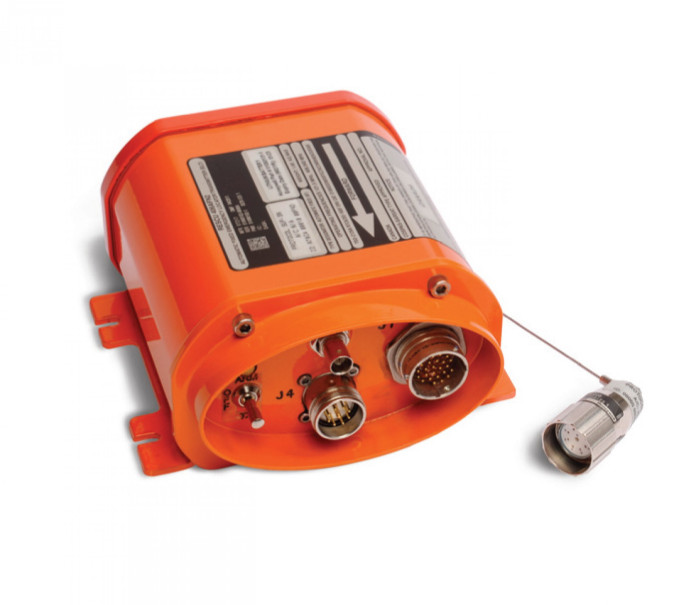British Investigators Point To Honeywell-Made Transmitter As Source Of Fire On Board A Boeing 787, Owned By Ethiopian Airlines, At Heathrow Last Month

The British Air Accidents Investigation Branch confirmed Thursday what had been suspected before: that a component made by Honeywell International Inc. (NYSE:HON) was to blame for July 12 fire on a parked Boeing 787 aircraft at Heathrow Airport.
The new development raises questions about the safety of lithium batteries used to power aircraft systems. The Boeing Company (NYSE:BA) had to ground the fleet of its newest aircraft earlier this year over fire risk from batteries used to power its auxiliary and other systems. Investigators had been focusing on the transmitter before, but Thursday’s announcement makes it official.
“It is recommended that the Federal Aviation Administration initiate action for making inert the Honeywell International RESCU406AFN fixed Emergency Locator Transmitter system in Boeing 787 aircraft until appropriate airworthiness actions can be completed,” the AAIB said Thursday in its special bulletin.
The transmitter is powered by a similar kind of battery used in gadgets like digital cameras, and the AAIB said it’s not sure if the fire was caused by the batteries themselves or by “an external mechanism” like an electrical short in the transmitter, which is used in a wide range of aircraft. No other incident has occurred with this mechanism, the AIBB added.
The Ethiopian Airlines passenger jet was parked at Heathrow and empty when a fire broke out above the cabin ceiling on June 12. No one was injured, airport authorities said. But the AAIB said: “Had this event occurred in flight it could pose a significant safety concern.”
One of the main reasons for the concern: the transmitter is located where it is inaccessible to crew during flight.
© Copyright IBTimes 2024. All rights reserved.






















